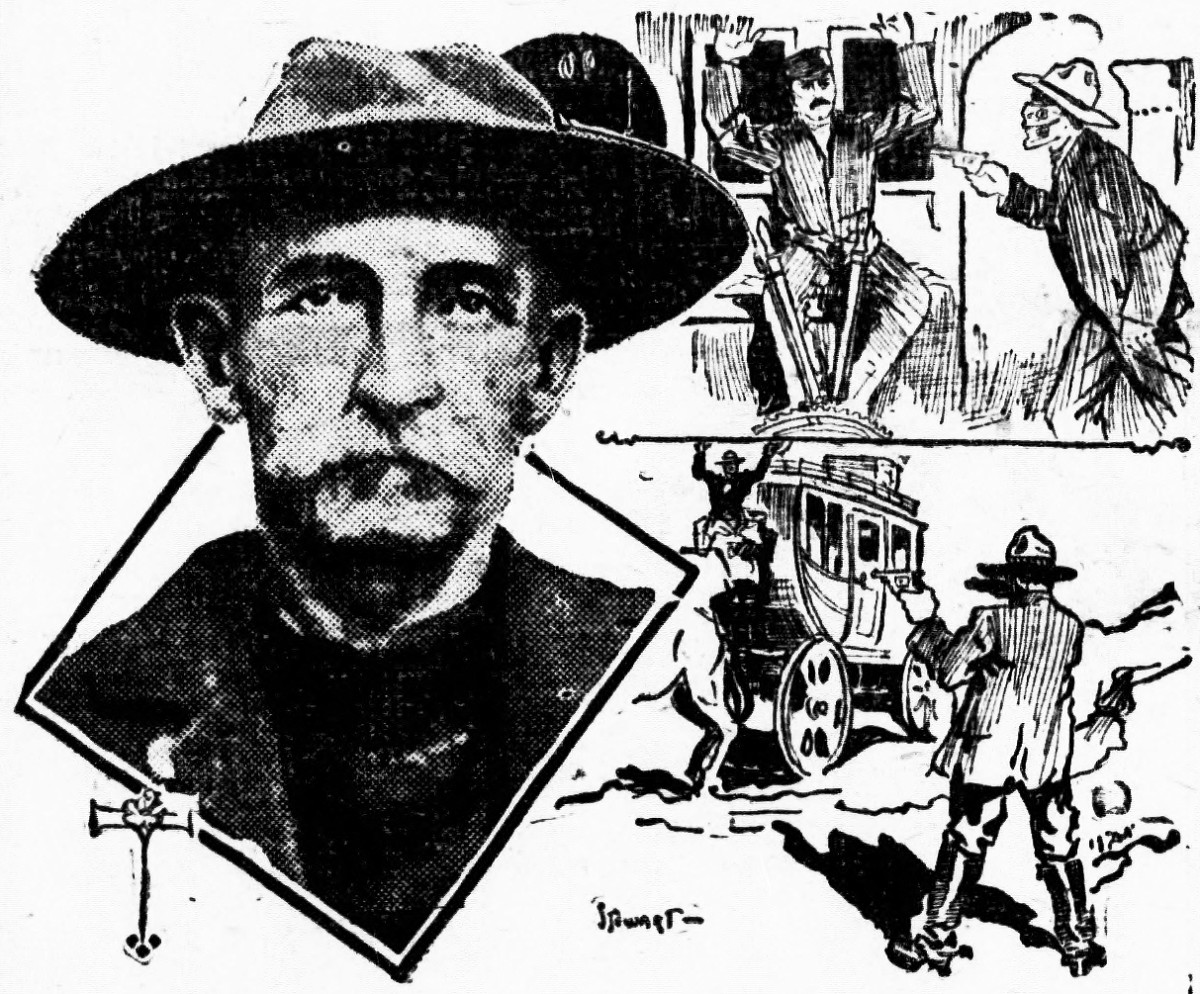The History of Technology in the Movies


When a new technology develops and used in a culture, it eventually is found in the movies. Throughout history, communication advances posed various problems to script writers and filmmakers.
The first film dealing with the new technology then in 1908 was, "Heard Over the Phone", directed by Edwin Porter and D.W. Griffith. The film was about the Great Train Robbery and directors had to decide how to show a conversation using a phone at both ends of the conversation. The early takes simply showed a person talking on the phone. Unsatisfied, the directors created the first split screen editing that showed two people conversing that were not in the same location. Then, another problem arose in 1911 in the filming of, "The Lonedale Operator", not a telephone operator, but a telegraph operator using Morse Code. Since there was no sound, the message sent in code was displayed as dialog.
In the 1957, Tracy-Hepburn movie, "Desk Set", about a TV station office that is being computerized by an IBM machine had issues trying to tell its audience exactly what this huge computer was, why it was needed, what it does, what are punch cards of data and so on. They did so gingerly through dialogue and show and tell. It would only be 20 years until it was the norm.
The phone booth is now almost obsolete or maybe it is. Gone are the days when you were seeking a booth to make a call in public in privacy. I recall how this WAS the case even until the 90's. But in film, the phone booth usually was an object to crash into or to seek refuge in from an attacker as in Hitchcock's 1963, "The Birds", filmed in Bodega Bay, CA. in Northern California.
As computers became part of life, they presented other problems for films. In the 1983 hacker film, "WarGames", the first about a teen hacking into a high school system to change his grade and then into a U.S. military system. Like the 1957 film, directors had to tell the audience what the Internet was, which was known as the Arpanet, then. What it did, how was it used, what was a password. Like the 1957 film, they told the audience and showed them in various scenes what it was etc. They also had the actor speak as he wrote the text on the monitor, which nobody ever really does. Even that grew tedious, so that is when they developed a "speaking computer" that hooks up to a Imsai 8080 computer. Of course, the first famous speaking computer was HAL in the 1968 2001: Space Odyssey.
The advent of the cell phone first appeared in the 1987, "Wall Street". It was a large brick-like thing, not a pocket phone at all. But it was a novelty for the rich then and is showed the freedom of talking from a beach.
Today, texting is presenting filmmakers problems. The first came up in Sandra Bullock's great 1995, "The Net". Then, it was still new. Many had it and many did not. Service was spotty. But it really was more email, which was new for many. The directors used the WarGame approach by having the actress tell the audience what she was writing, because if you just show the text on a the monitor, it got boring.
Texting is emotionless and the 2013 film, Disconnect, tries to deal with this by showing the emotion of the text on the actor's face, instead of just reading a text. They have also focused only showing the text. Since the film has a lot of texting with people off camera, the problem remains of how to show real emotion of the text. Is the text sarcastic, serious, a joke? Will the audience know it? how?








